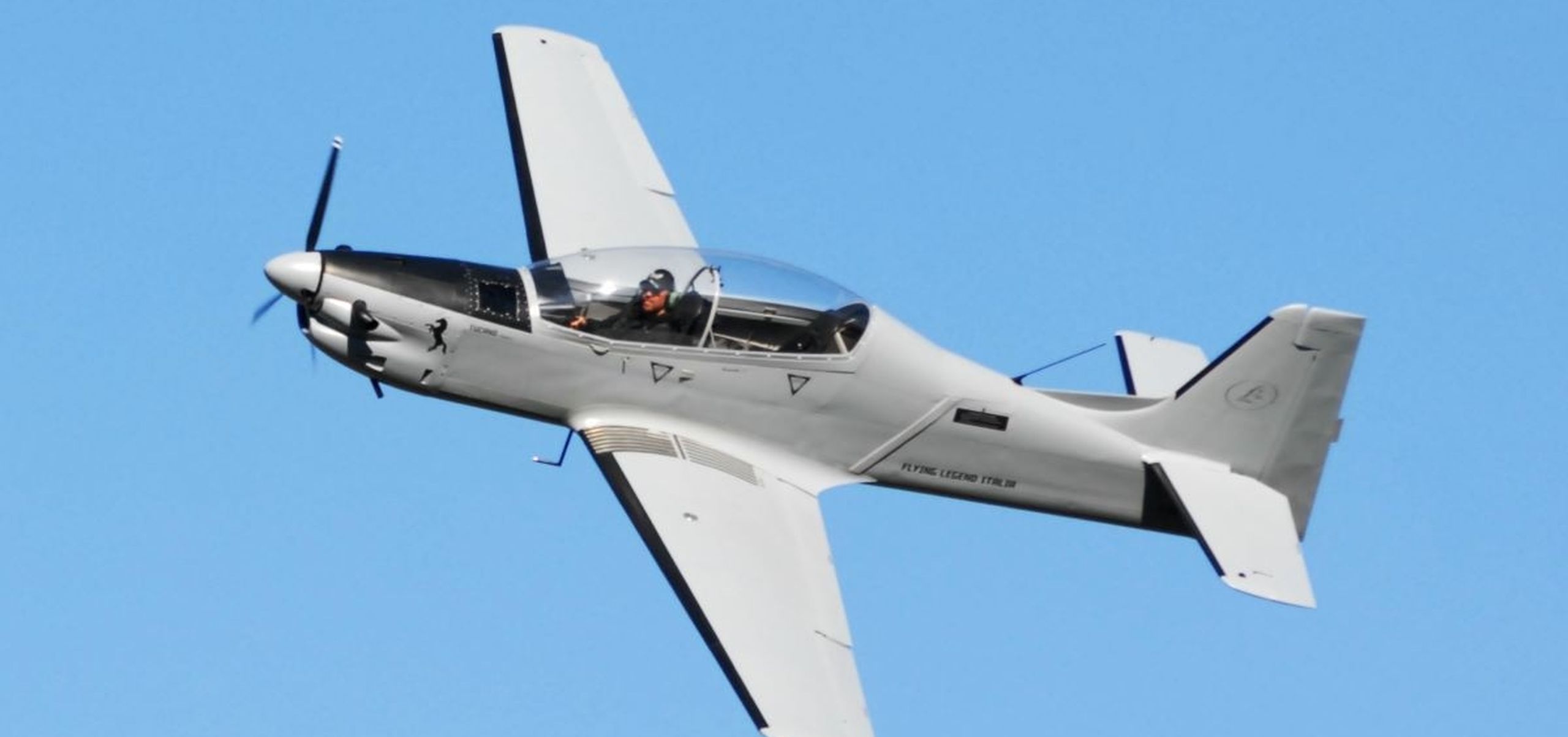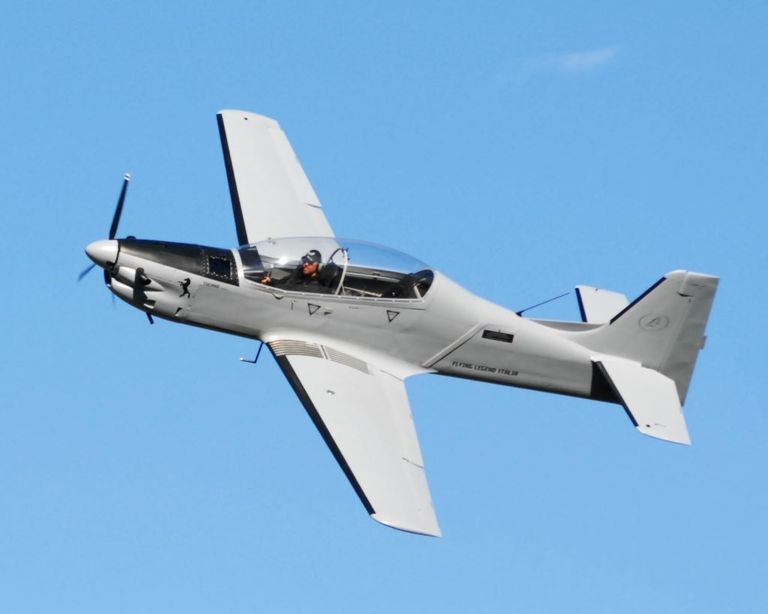There are a few things to think about when converting to a turboprop.
10 February 2023
Once you have decided that the economics associated with purchasing a TurbAero turboprop engine for your aircraft stack up, there are some additional factors to be considered to ensure the feasibility of installing a turboprop engine into your pride and joy.
We know many of you will have a thorough understanding of what is involved in a conversion project however some of our community may be new to the process. So, we’ve put together the following list of the 5 main things to think about when converting your aircraft from a piston engine to a turboprop.
But before we get to the list, it is worth noting that, at TurbAero, we will be working with partners to offer firewall forward (FWF) packages to help make the process of converting to a TurbAero turboprop engine really straightforward for our customers. These FWF packages will initially be developed to fit the most popular kits, but we expect that this range will expand over time.
Now, back to the list.
These are the 5 main things to consider when converting your aircraft to a turboprop:
- Power
- Centre of Gravity Considerations
- Fuel System
- Instruments / Gauges
- Training
Power
The first thing to do it make sure that you choose an engine with a power rating close to that of your existing engine.
Even a power rating of 10% less than your existing installation could potentially provide cruise and climb performance equal to or greater than your existing engine. This is due to several factors:
- The cowling design on your turboprop conversion could create considerably less drag due to the narrower profile of your new turboprop
- The turboprop installation will yield a weight advantage over a piston engine…you will reduce your empty weight, thereby increasing your useful load
- The turboprop installation could offer a bit of additional thrust, which is a by-product of the architecture of the engine
Centre of gravity (CG) considerations
W&B (weight and balance) should be carefully planned out. Your new turboprop engine will almost certainly weigh less than your existing piston engine. As such:
- Your new engine mount could be designed such that the weight of the engine can be moved forward or rearward to accommodate the desired result
- Items such as your battery or batteries can be repositioned in your Aircraft to move CG fore or aft
- Ballast can be introduced if needed.
Fuel System
- You will need to ensure that your existing fuel tanks and fuel lines are compatible with JetA or kerosene-based fuels.
- An uninterrupted fuel supply is critical to the operation of a turbine engine. If your fuel system results in an interruption of fuel when changing tanks for example, you will likely need a header tank that guarantees fuel supply to the engine at all times.
Instruments / Gauges
Depending on your existing avionics, you may need additional space in your panel to add a few gauges:
- If your existing panel is glass, such as Dynon, Garmin or Grand Rapids in addition to some others, it is possible that your existing avionics will display important turboprop engine information such as N1 and N2
- If you currently have primarily steam gauges in your panel, you will need a few new electronic gauges.
Training
It would also be a good idea to consider investing in some professional training before taking out your turboprop for the first time. Professional trainers can work through the nuances of a turbine-powered aircraft and make sure you are equipped with the latest information and resources.
TurbAero is planning to develop a turbine transition training course that will involve some classroom time to provide the theory behind how a turbine engine works, identify idiosyncrasies particular to turbine engines, and offer the theory behind pilot operating techniques for a turbine engine, highlighting the differences between the piston engine, that you might be used to, and a turbine engine.
The other element of the proposed turbine transition training course will be the flight element where you will be able to fly an aircraft under the watchful guidance of an experienced instructor, who will do his or her best to ensure that you are competent in handling the engine in all phases of flight including in emergency scenarios.
Further resources
Now that you have discovered what you need to think about for a conversion project, you might like to read up on the reasons WHY you would consider a turboprop, check out our article explaining why you would consider transitioning to a turboprop aircraft. Also check out our article outlining the 4 stages of developing a turboprop engine.
You can register your interest to purchase an engine when we open the order books using the button below.
You can also drop us a line at any time with any questions you might have via the contact us page on our website. We’re always interested to know more about our customers’ projects and happy to chat about all things aviation! Also, make sure you keep an eye on our social channels - Facebook and YouTube for future news.
If you enjoyed this article, you might like to check out will a TurbAero turboprop fit in my aircraft?


